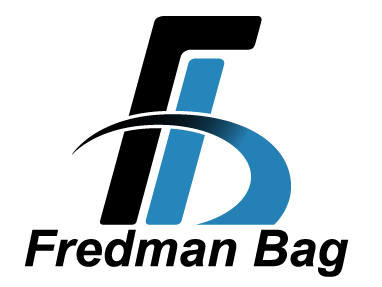Impact of Laminated Products
Laminated products have been evolving in the marketplace since the 1930s. Today, many industries use laminated products to extend shelf life and protect the exterior of their goods. Lamination’s impact to flexible packaging cannot be understated, serving as a great option for countless customers, protecting the quality of their products around the world.
What is lamination?
Laminating is a process where multiple flexible packaging webs are fused together using a bonding agent. The webs can be similar or different materials, based on the requirement of the application and product to be packaged.
What are the benefits of using laminated packaging?
Customers who choose lamination do so for the following reasons:
- Improving puncture or tear resistance for a stronger package.
- Encapsulating the ink between layers of substrate, creating superior scuff or scratch resistance, keeping the graphics intact to better advertise your products.
- Creating a barrier package that extends shelf life of the product; commonly used in food packaging applications. Lamination protects the product from moisture and gas, maintaining freshness for a longer period of time.
Customers that need products protected and shelf-life extended turn to lamination. Ready-to-eat snacks, frozen food, boil-in-bag pouches, pet treats and cosmetics are just some of the applications where consumers commonly see laminated applications.
How does Fredman Bag serve customers seeking laminated packaging?
Fredman Bag has been a trusted supplier for flexible packaging needs for over 130 years. We can fully customize the lamination process to fit your application needs, whether food or non-food commodities. Contact us today to learn more about the customization we can offer your brand!
